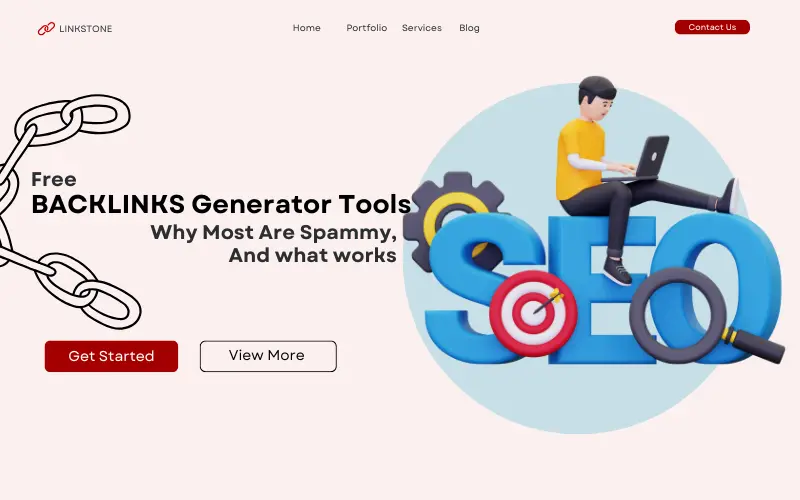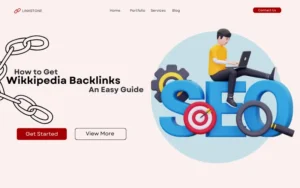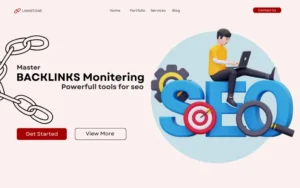If you’ve ever published an article that barely got any clicks, you know how frustrating it feels. You put in the hours, polish every line, hit publish… and then silence. Nine times out of ten, the issue isn’t your writing, it’s your keywords.
That’s where a free keyword tool can change the game. Instead of guessing what people type into Google, you can see real data: the phrases people actually search for, how competitive those terms are, and which ones are worth your time. It’s like switching from throwing darts in the dark to flipping on the lights.
Quick Start: Find Keywords in 2 Minutes
Most people overcomplicate keyword research. Honestly, you don’t need a huge process to get started.
Enter a Seed Keyword
Think of a broad word that captures your niche. If you run a small coffee shop, try “espresso,” “best coffee beans,” or “latte art.” Pop that into the tool and you’ll instantly get a list of related terms.
Apply Filters That Actually Matter
Here’s where most people go wrong: they grab the first keyword list and stop. Instead, filter by country, language, or even search intent. For example, “how to brew espresso at home” shows learning intent, while “best espresso machine under $200” screams buying intent. Both matter, but for different reasons.
What This Free Keyword Tool Does (and Why It Matters)
A free keyword tool isn’t magic, but it gives you a clear map of the online landscape.
Search Volume, Keyword Difficulty & CPC The Trio You Can’t Ignore
- Search Volume = how many people type that term into Google each month.
- Keyword Difficulty (KD) = how hard it’ll be to show up on the first page.
- CPC (Cost Per Click) = how valuable advertisers think that keyword is.
Put simply: volume shows demand, difficulty shows competition, and CPC shows money.
The Real Power of Long-Tail Keywords
Picture this: instead of targeting “running shoes” (a super broad category), you go for “best running shoes for flat feet.” The search volume’s lower, sure, but the intent is razor sharp. People typing that in are much closer to buying and far more likely to click your content.
Balancing Big vs. Easy Wins
Go after a mix. A couple of high-volume keywords for long-term growth, and a handful of low-difficulty ones for quick wins. That way, you’re not waiting six months to see any traction.
How to Use This Tool: Step-by-Step
Now let’s connect the dots.
Step 1: Brainstorm Seed Terms
Write down 5–10 big themes around your business. If you sell fitness gear, think “home workouts,” “dumbbells,” or “HIIT training.”
Step 2: Validate With Data
Throw them into the tool. Check the numbers. Some will be too competitive, some will be too niche, but you’ll always find a sweet spot.
Step 3: Build Your Content Plan
Don’t just save the list to a spreadsheet and forget it. Map each keyword to content: blog post, landing page, FAQ, or product page. That’s how you move from research to results.
Advanced Tips to Squeeze More Out of Free Tools
Even free tools give you plenty to work with if you know how to dig.
Cluster Topics Into Hubs
Say you find keywords like “budget DSLR camera,” “DSLR for beginners,” and “best starter DSLR.” Instead of three random posts, group them into one content hub. That’s how you build topical authority.
Spy on Competitors (Ethically)
Many tools let you see what your competitors rank for. If a rival site is getting traffic from “vegan protein powder recipes,” maybe you should be there too.
Export and Plan Ahead
Export keyword lists and plug them into your editorial calendar. This way, you’re not scrambling for ideas every week. You already know what to write next month.
Free Tool Comparison: When Free Isn’t Enough
Free tools are brilliant for starting, but they do hit limits.
Google Keyword Planner
Made for ads, not organic SEO. You’ll see broad ranges like “1K–10K” searches, which isn’t always helpful if you want accuracy.
Semrush and Ahrefs
These guys are the heavyweights. You get deep competitor analysis, backlink tool insights, SERP breakdowns, historical trends, basically, everything you’d ever want. But yes, they cost money.
Which Tool Works Best for Different Users
- Bloggers: free tools + long-tail keywords are often enough.
- E-commerce stores: might need paid tools to win in competitive product niches.
- YouTubers: should use free keyword tools that pull data from YouTube specifically, not just Google.
Real Examples of Keyword Wins
Theory’s nice, but let’s look at how this works in real life.
Local Business Win
A florist discovers “same day flower delivery [city]” and builds a page around it. Within months, they’re outranking bigger chains in local search.
Content Blogger Win
A travel blogger spots “hidden cafes in Paris” with low competition. They write a guide, and suddenly, that post becomes their top traffic source.
E-commerce Win
An online tech shop targets “best wireless earbuds under $50.” That keyword drives shoppers who are literally ready to buy, and conversions spike.
FAQs
Is This Tool Free Forever?
Yes. Some advanced features are locked behind paid plans, but the basics are free.
Free access means you can test, experiment, and learn the ropes without spending a penny.
It’s a good way to get started before you decide if premium tools are worth the upgrade.
How Accurate Is the Data?
No free keyword tool or paid one is perfect, but free tools give you solid enough numbers to guide content decisions.
Think of them as a compass; they point you in the right direction, but don’t guarantee the exact destination.
Cross-checking data with a second tool can give you more confidence in your strategy.
Can I Use It for YouTube, Amazon, or Bing?
Many tools let you switch search engines. Handy if your audience isn’t just on Google.
This flexibility helps you target platforms where your customers actually hang out.
Whether it’s video, e-commerce, or traditional search, keywords still drive visibility.
From Keywords to Traffic: Your Next Step
Finding a keyword is step one. Turning them into real traffic takes execution.
That means knowing when to write for humans first and search engines second.
At the end of the day, rankings only matter if they lead to actual results.
Use Keywords Naturally
Work them into titles, headings, intros, and image alt text, but don’t stuff. Google’s smarter than that.
Instead of forcing them, let your writing flow and sprinkle the terms where they make sense.
A natural tone not only improves readability but also helps build trust with your audience.
Track and Adjust
Use Google Search Console to watch which terms actually bring clicks. Double down on what’s working, and don’t be afraid to pivot if something’s flatlining.
SEO isn’t a one-time setup; backlinks are an ongoing experiment that thrives on testing.
The faster you adapt, the quicker you’ll see long-term growth.
Final Thoughts
A free keyword tool won’t replace strategy, but it will stop you from writing in the dark. It gives you clarity on what people search, how tough it is to rank, and where the quick wins are hiding.
Start simple: one seed keyword, a few filters, a shortlist of long-tail gems. Then, build content around it. The difference between publishing blindly and publishing with data is the difference between crickets and consistent traffic.






